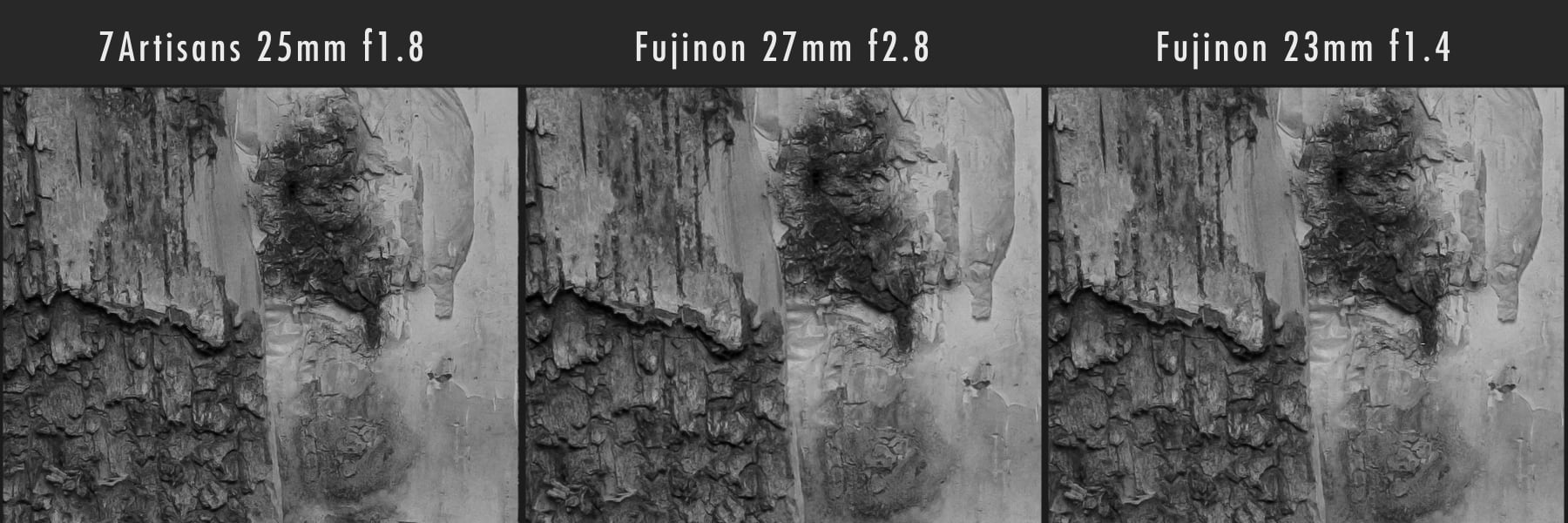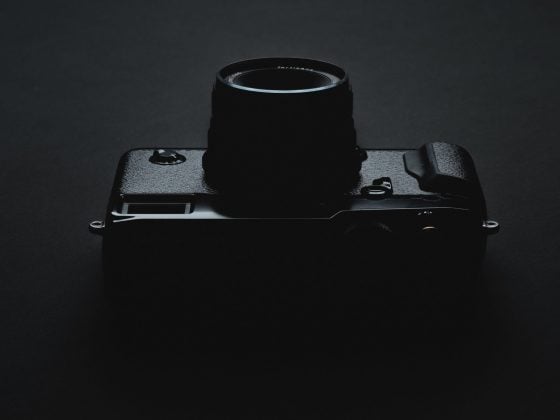
The Fujinon 23mm f1.4 is Fujifilm classic. With its 35mm field of view and f1.4 aperture, this lens can produce amazing images in almost any situation. It’s the bread and butter of many street photographers and is one of those lenses you’ll never leave behind.

Fujifilm 23mm f1.4 Lens Review
Lens Stats
35mm Equiv – 35mm
Aperture Range – f1.4 – f16
Minimum Focus Range – 11.02″ (28 cm)
Aperture Blades – 7 rounded
Design – 11 elements in 8 groups – 1 aspherical
Filter Threads: 62mm
Focus Type: High-Torque DC Coreless
Weight: 10.6 oz
The Good – Fast / Sharp in the center and corners / Controlled vignetting and chromatic aberrations / Great micro contrast and color
The Bad – Not weather sealed / Dust gets inside / Focus ring clicks in and out of manual / autofocus / Aperture ring is too easy to turn / Price / No Fast Contrast AF.
Lenses
Fujinon XF23mm f1.4 Black – Amazon / Adorama / BHphoto
Hood
It has a hood, but you can upgrade to this metal hood.
Fujifilm LH-XF23 Lens Hood – Amazon / Adorama/ BHphoto
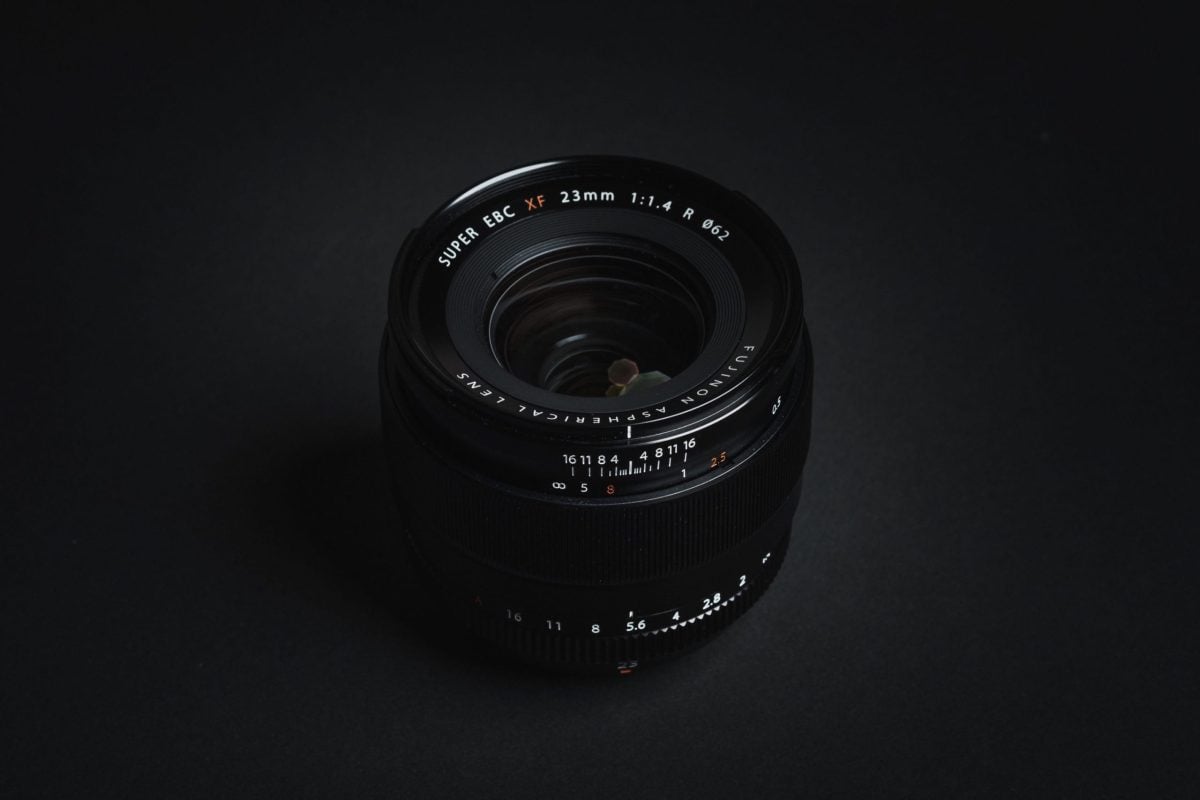



Fujinon 23mm f1.4 Review – First Impressions
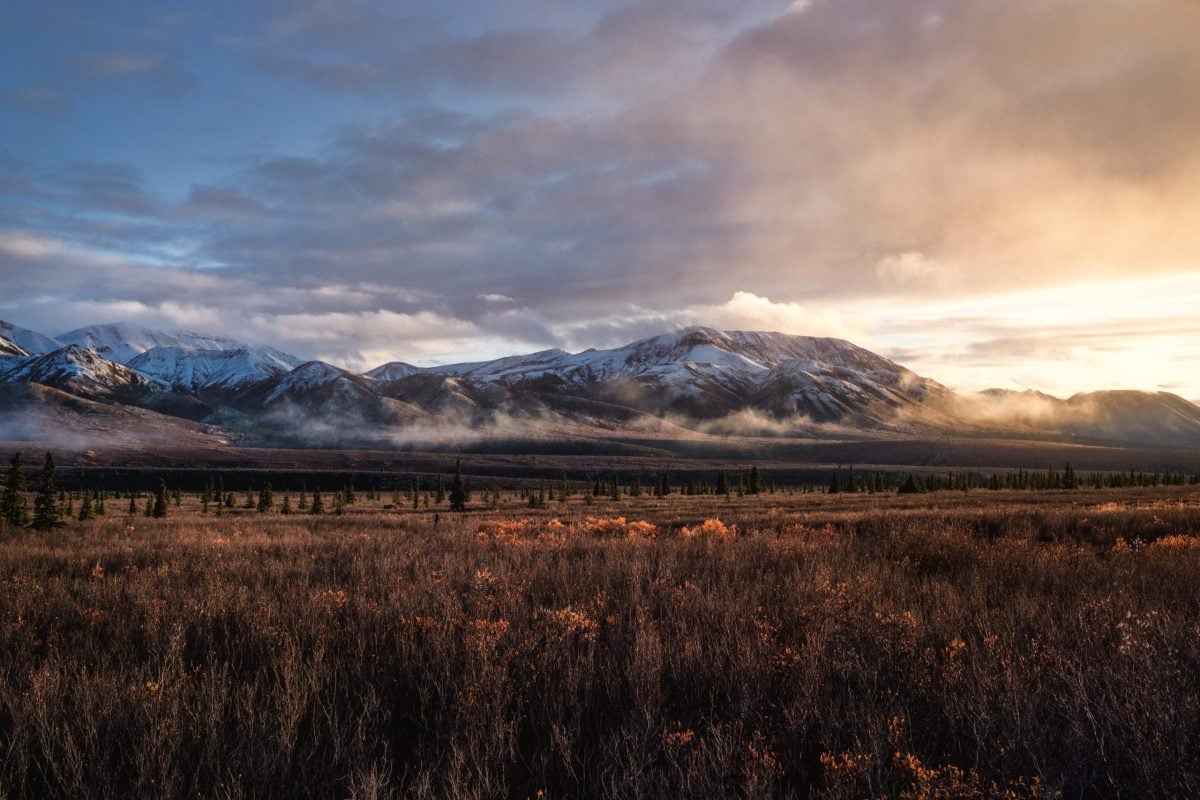
When I first unboxed the Fujinon XF23mm f1.4 lens, I was a little surprised by its size. It’s not as big as some full-frame lenses, but it’s pretty hefty for an APS-C lens. Of course, this is the price you pay for a lens this fast and this wide, and I think most people will be willing to accept that compromise.
The way the lens has been designed is nice. It’s pretty much a big metal barrel with 11 glass elements. On the outside is a simple fly-by-wire aperture ring and a focus ring with the clutch that slides / clicks in and out of manual focus. I still don’t love this focus clutch, and it’s found in a bunch of Fujifilm lenses. This feels a little outdated since Fujifilm cameras all have a focus switch on the camera. This redundancy creates confusion because if the camera is set to autofocus and the lens is still clicked into manual, you won’t get autofocus. I’ve found this creates confusion if you’re not used to it.

While the focus ring has some nice resistance to it, the aperture ring has that Fujifilm lens problem of just being too easy to turn and I find myself always accidentally changing the aperture from slight bumps.
Shooting 23mm / a proper 35mm
There are two standard primes: 35mm and 50mm. With APS-C, it would be 23mm and 35mm because of the crop. Deciding between the two is one of the hardest decisions a photographer can make, and I’m not really sure which I would rather have if I were stranded on a desert island. 35mm is just so useful, but 50mm is probably better if shooting portraits is your thing.
I mostly prefer wider since my thing is travel and landscape with some street mixed in, so for me, this lens is almost always with me.
The Faster Aperture
The f1.4 sounds really awesome and it is. In low light you don’t have to compromise for a high ISO and the depth of field is butter smooth. Performance at f1.4 is also very nice with only a little sharpness falloff in the center. However, the edges do get pretty soft.
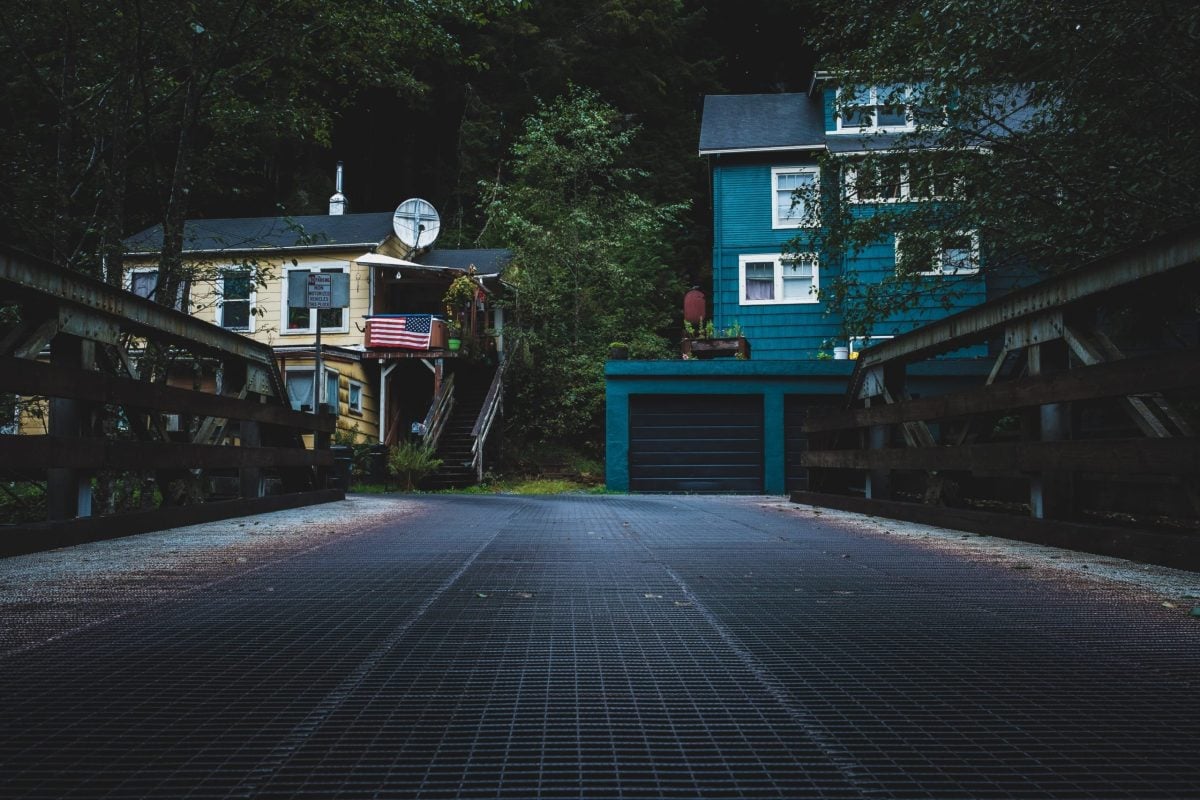
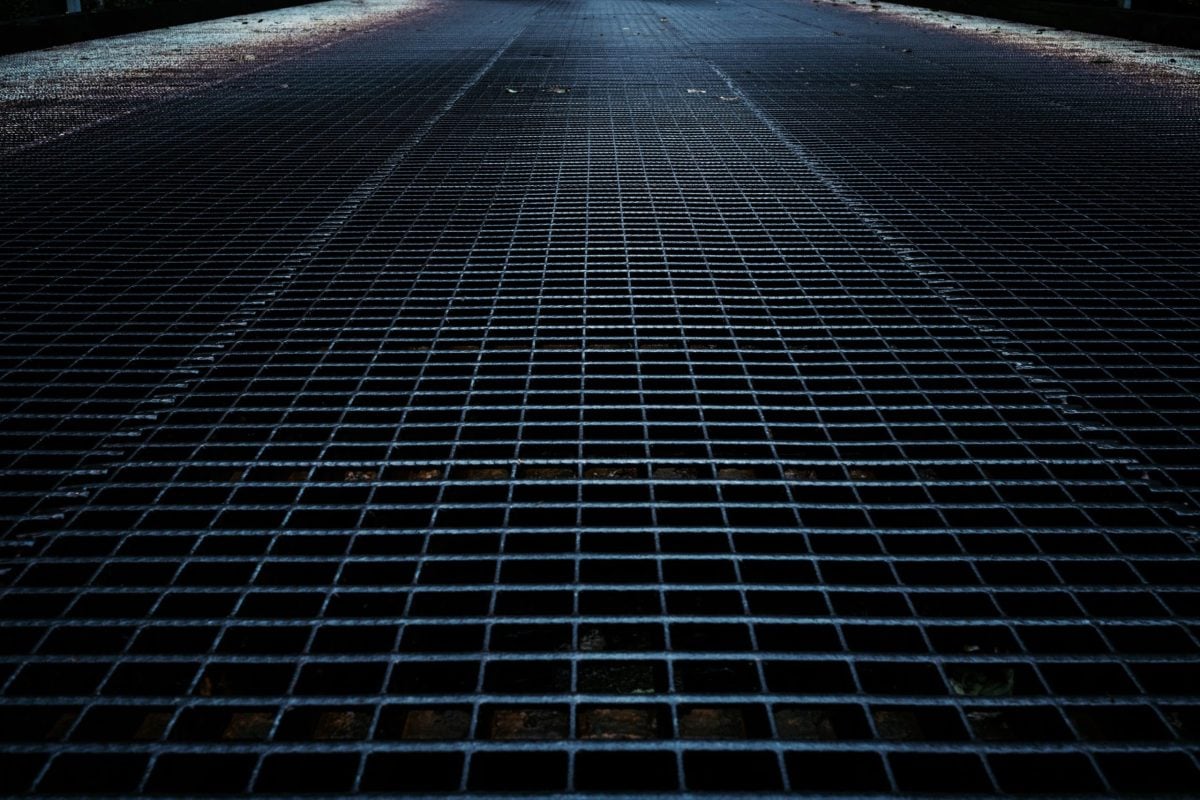
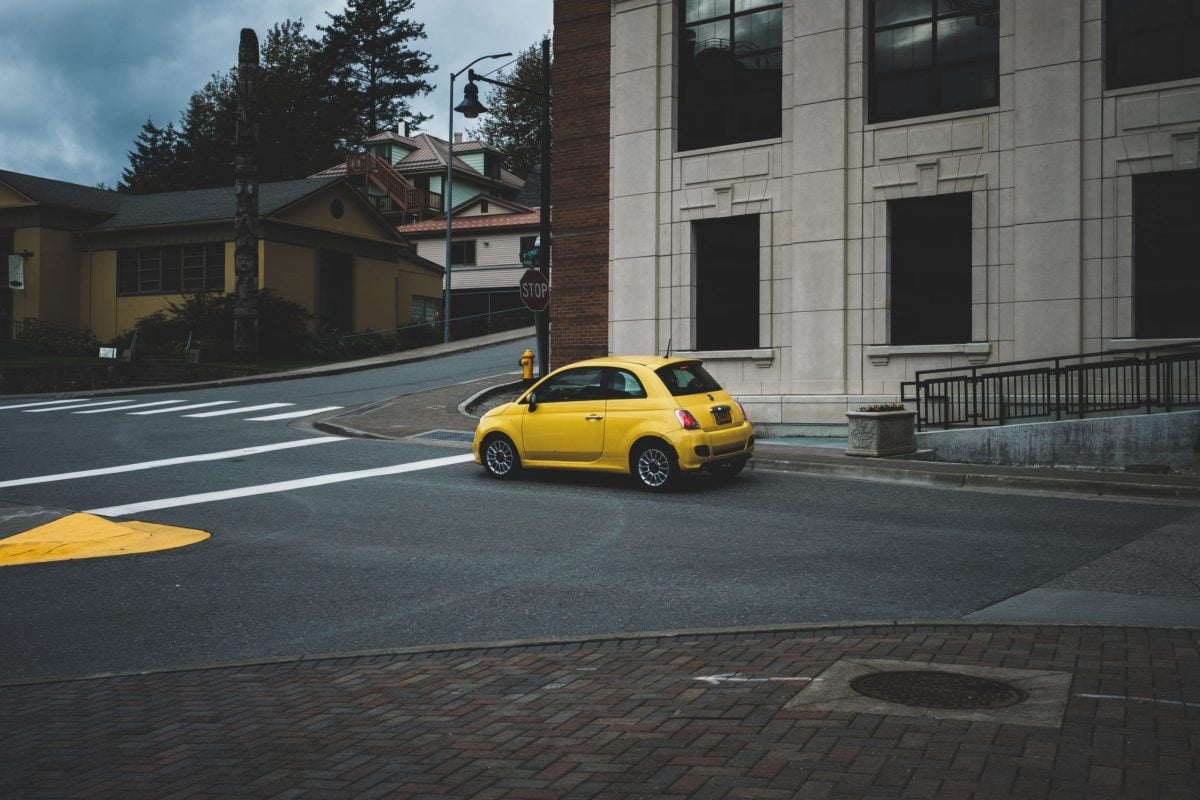
The Catch?
Although this lens sounds like the no-brainer go-to choice for getting a 35mm look, there are a few things to consider that might deter you. One is that there is a 23mm f2 lens that’s weather-sealed, has better-focusing speeds, and is less expensive. While this review is not about that lens or which one is better, the 23mm f2 is an option that solves a lot of build problems for a lens that is only one stop slower.
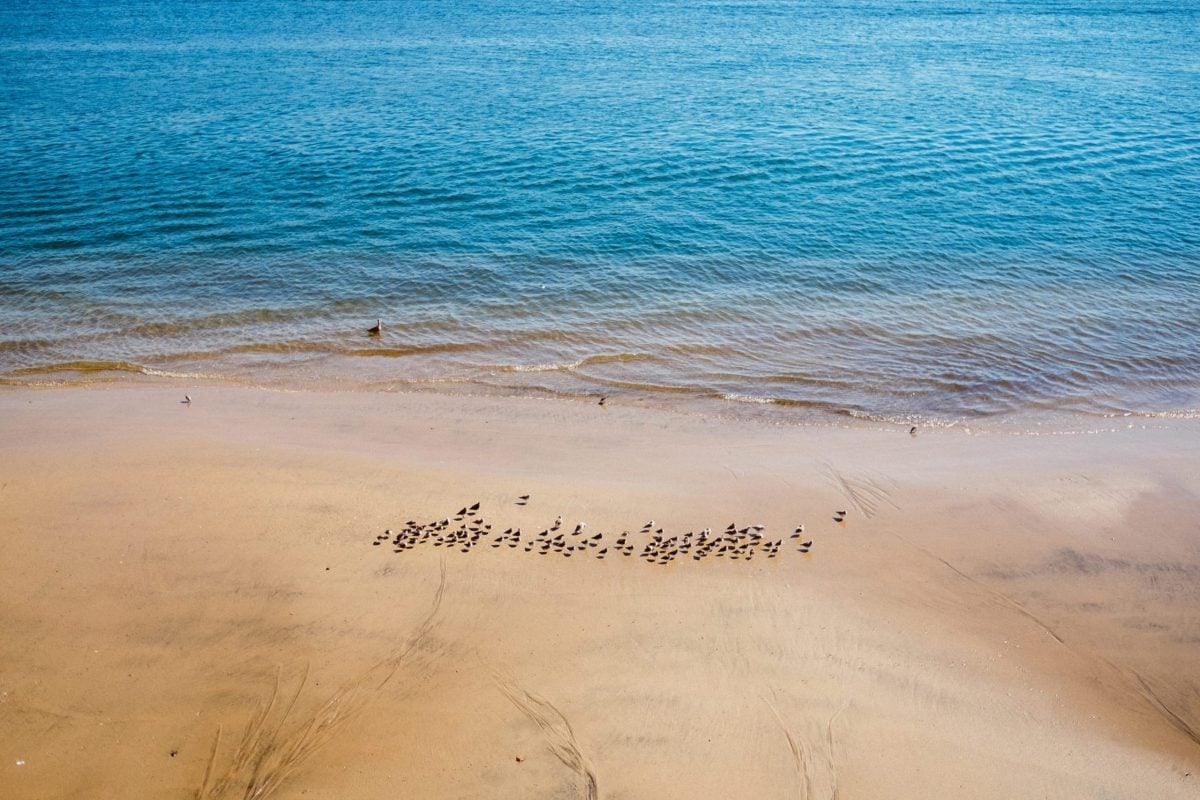
Overall, this lens produces some really nice image quality. Very sharp all around, controlled vignetting and chromatic aberrations, with great contrast and color rendering. However, it uses some old focusing tech so you won’t be able to take full advantage of the raw focusing power of Fujifilm’s new cameras like the Fujifim X-T3.
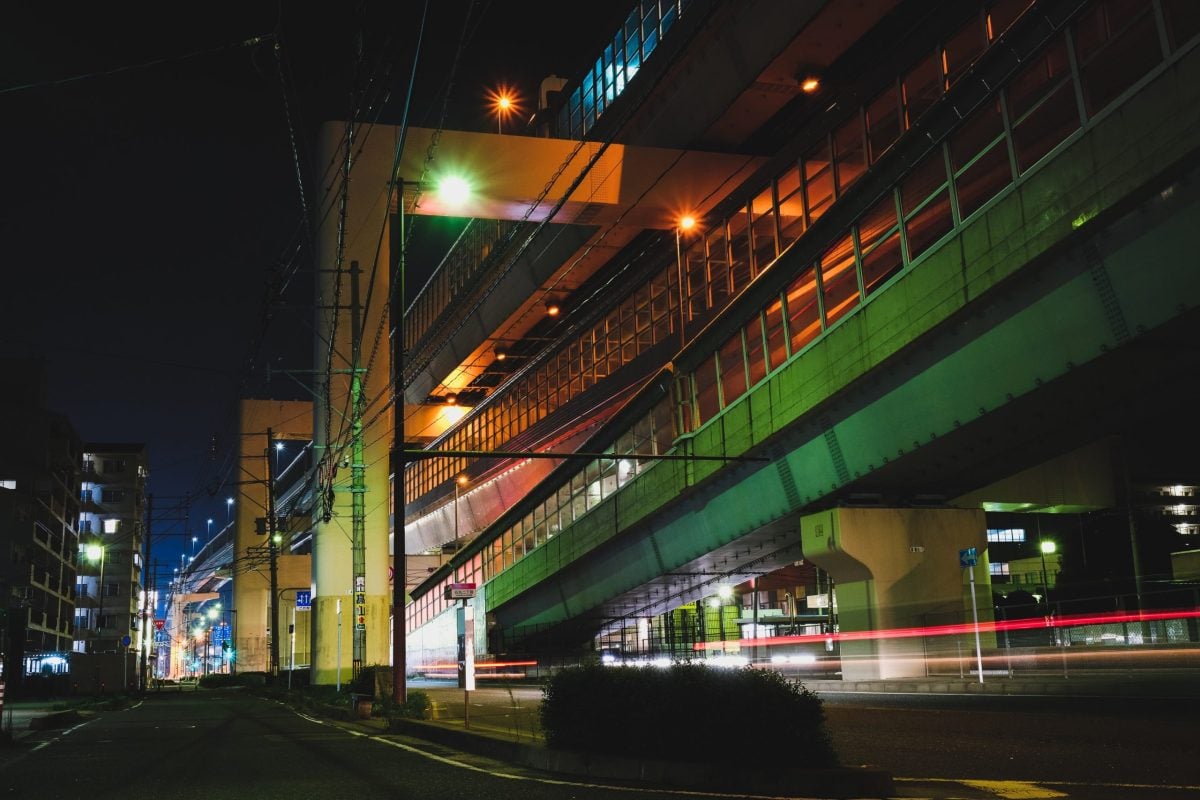
Build Quality
While I don’t love some elements of the lens design, as I mentioned above, it’s still a really nice and extremely well-designed lens.

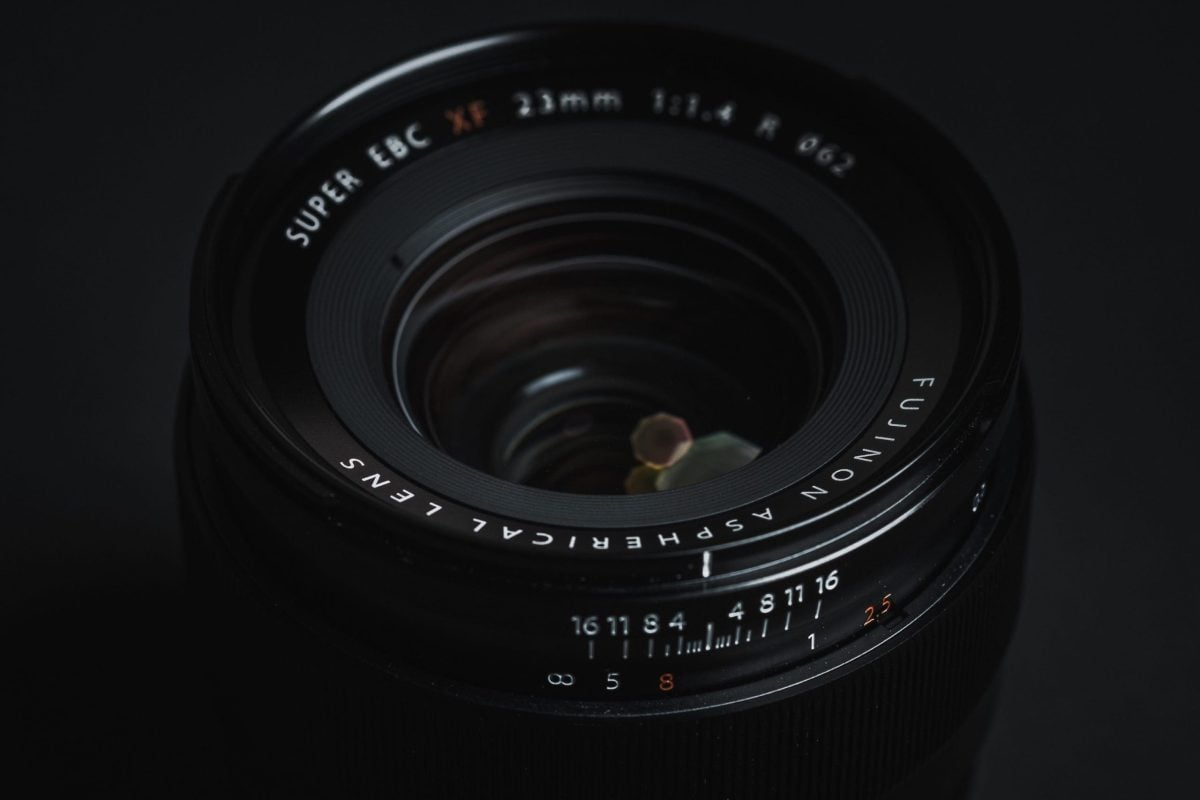
The 7-rounded blade aperture creates a really buttery smooth bokeh at lower apertures. The 11 elements in 8 groups with 1 aspherical element and the HT-EBC lens coating mean you’ll have very few issues with aberrations, flaring, or distortion.
This lens also lacks the newer microcomputer needed to take advantage of the X-Pro2 and X-T2’s faster contrast AF.
I once had part of my Sony / Zeiss lens hood fall apart, only to find that it was held together by a piece of double-sided tape—and that was a $900 lens!
You won’t find any double side tape holding a Fujifilm lens together and especially not this lens.

The lens aperture ring feels a little loose, and I’m not in love with the way the focus ring clicks in and out of manual and autofocus; these are features you eventually adjust to, and really, they’re not that big of a deal because they don’t affect your ability to take great shots. Unless of course you think you’re in autofocus and don’t realize your lens is still in manual and start shooting away only to realize later that none of your shots are in focus.
The autofocus is also a little noisy, and there is some aperture chatter, so this lens would not be great for video.
Sharpness
Corner-to-corner sharpness with the 23mm f1.4 is actually pretty good, even at f1.4. There is some of that ghosty glow (aspherical aberrations) when shooting at f1.4, but for the most part, it’s very nice, even in the corners.
I am on my second copy of this lens and one thing to keep on eye on is that ghosty glow. This lens is fairly fragile, if it takes a hard hit or a drop, you could misalign some elements and end up with pretty poor performance at f1.4. If you have ghosty unsharp images at f1.4 and f2, then your lens is out of alignment and you need to send it it. It’s not uncommon for that to happen.
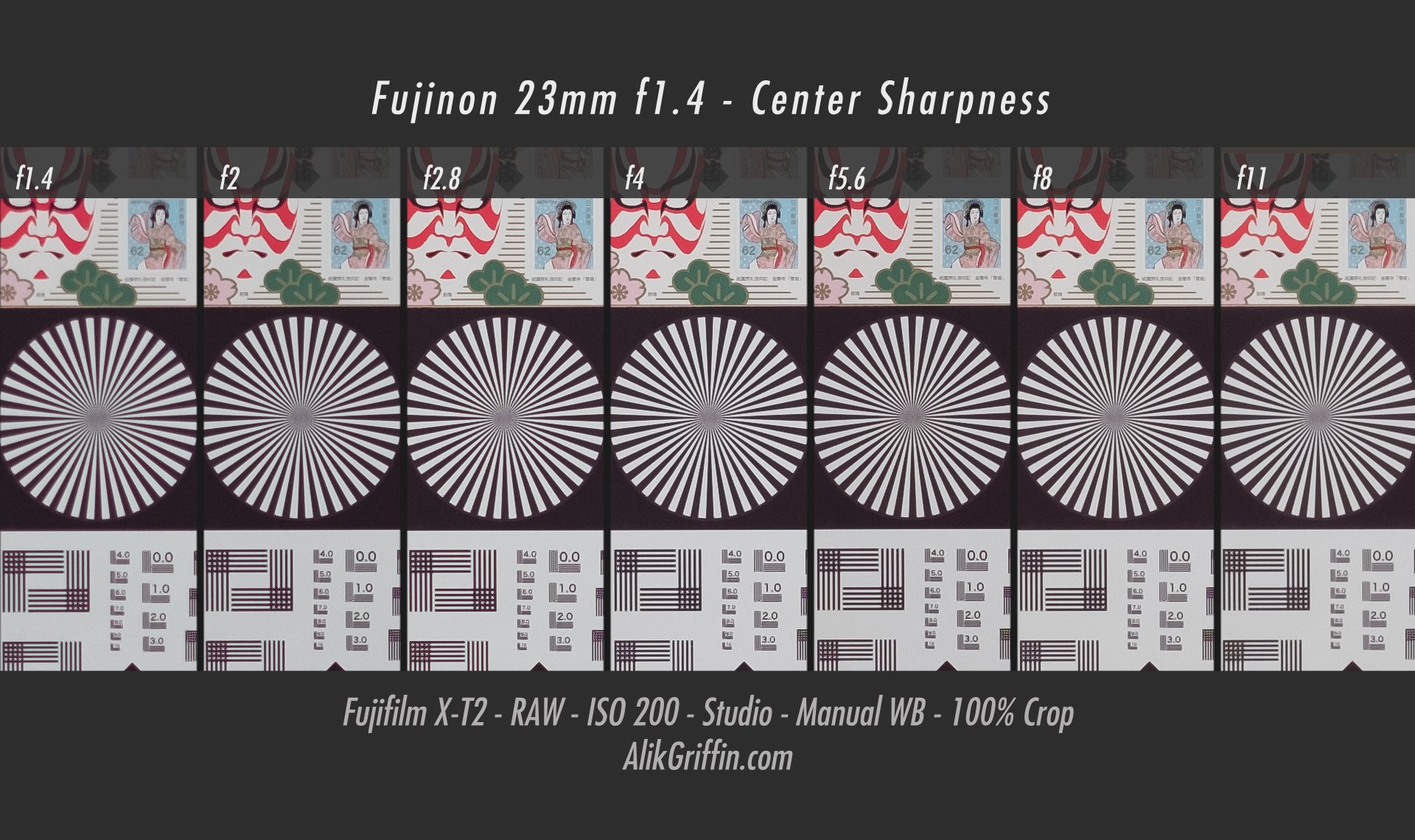
This is my second copy of this lens and the corners are still pretty good wide open. My new copy is a refurb, and getting a little nicer performance at the fast apertures in the corners is possible. I’ve seen it.
My last lens was a little better than this before it died and this corner I’m showing isn’t the best corner since my new copy is slightly decentered. From my experience this is still pretty dang good for a lens this fast.
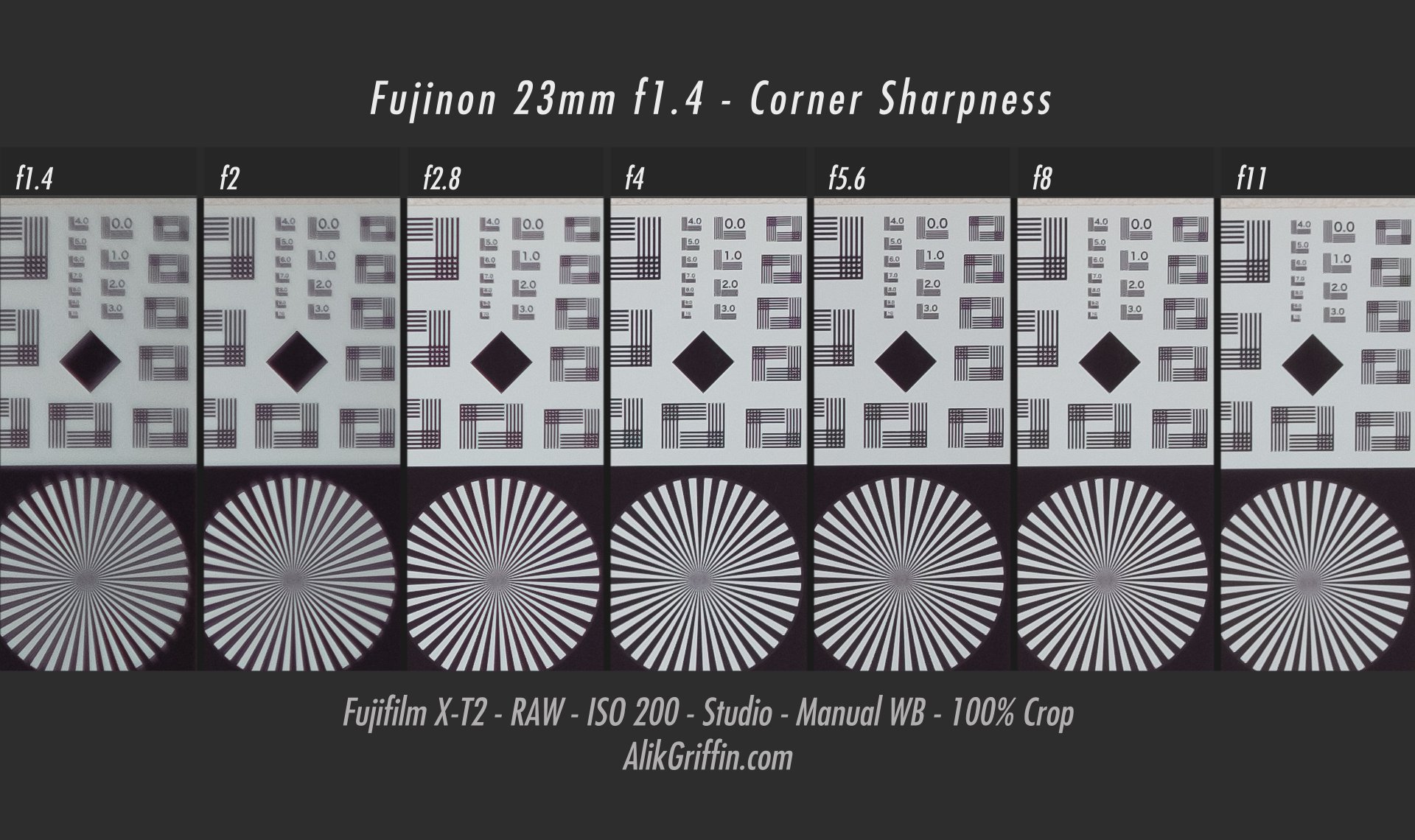
Color & Micro-Contrast
Contrast is really nice with this lens. It’s actually one of Fujifilm’s better high-contrast lenses. Here is a chart comparing contrast to a few other lenses. You can see it’s not as sharp as the 7Artisans 25mm, but there are some very nice inner tonal details and it’s all around better than the Fujinon 27mm f2.8.
These were shot at f5.6.
Distortion and Vignetting
This lens very well controls distortion and vignetting. Fujifilm’s RAW lens profiles help out a little bit here, but not much is needed.
There is just a touch more vignetting at f1.4 in Lightroom with the Fujifilm profiles.


Distortion is very well controlled with only a subtle barrel distortion.
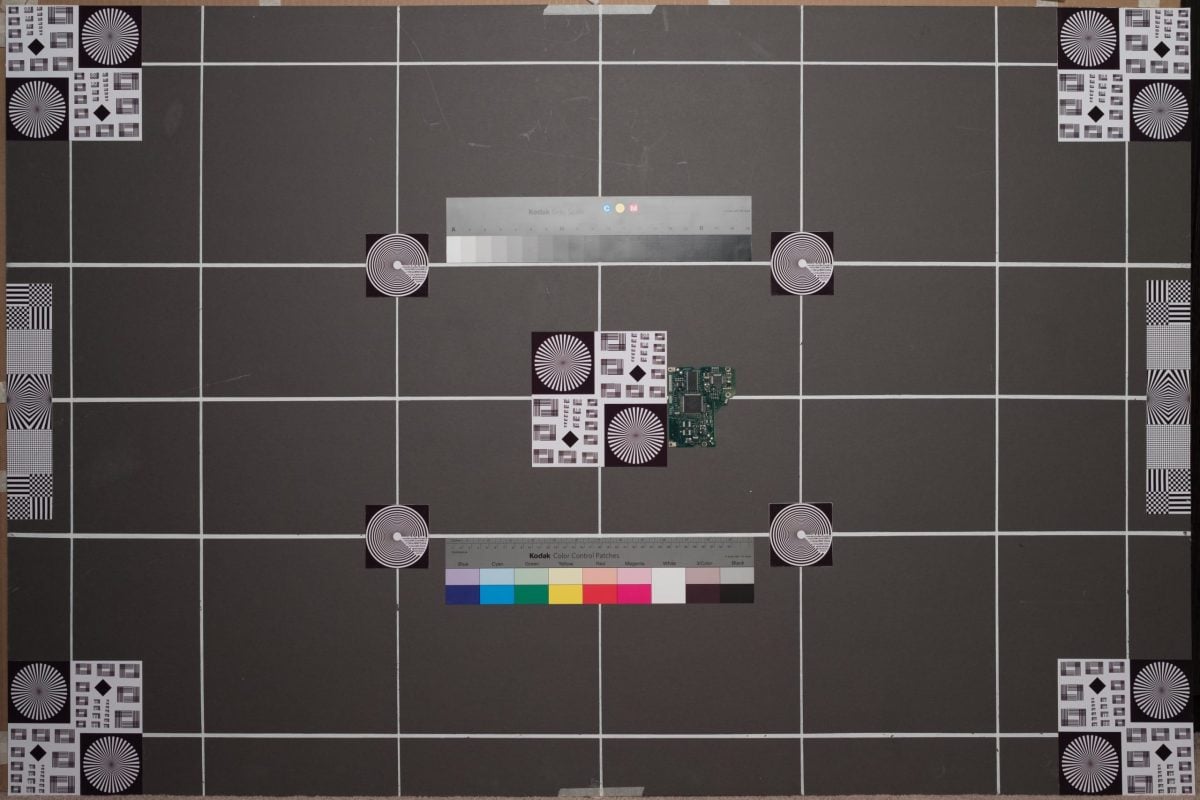
Chromatic Aberrations
Chromatic aberrations are very well controlled. At f1.4, there is some blue fringing in the corners and some purple fringing in the center. Closing down the aperture completely cleans things up.
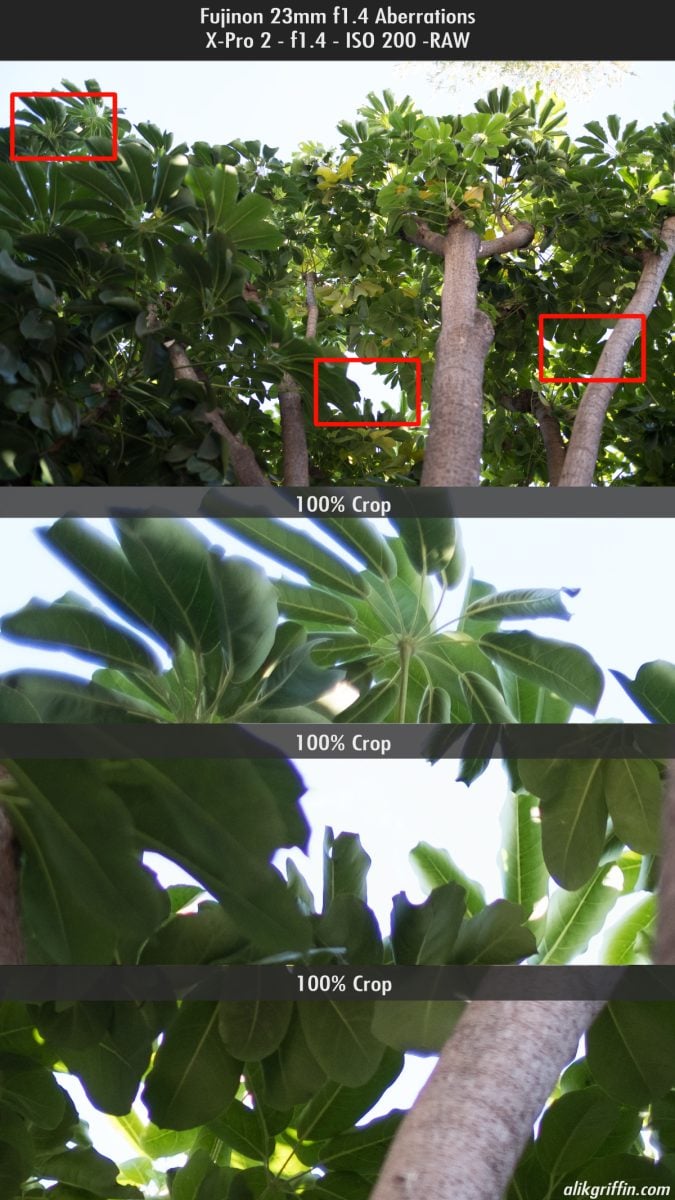
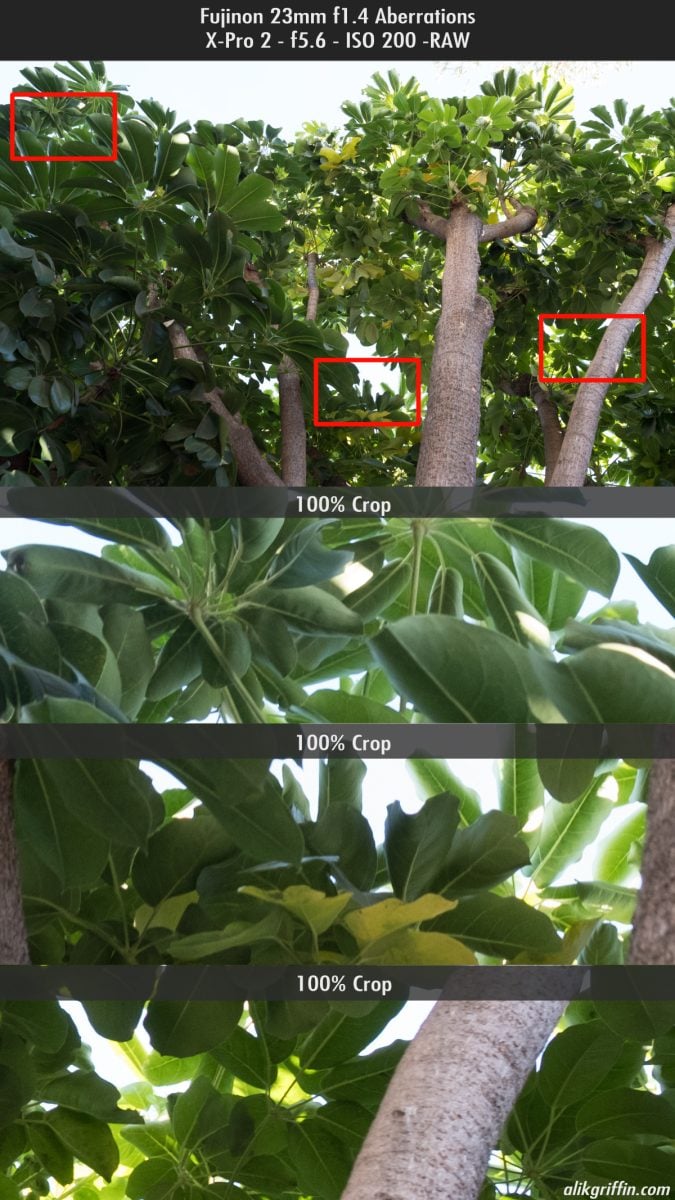
Bokeh
This is one of Fujifilms better Bokeh lenses. There are no soap bubbles or onion rings like that 16mm f1.4, and the shape is very circular with only some slight cat eyes towards the edges.
There is some blue fringing around the borders of the bokeh when wide open.
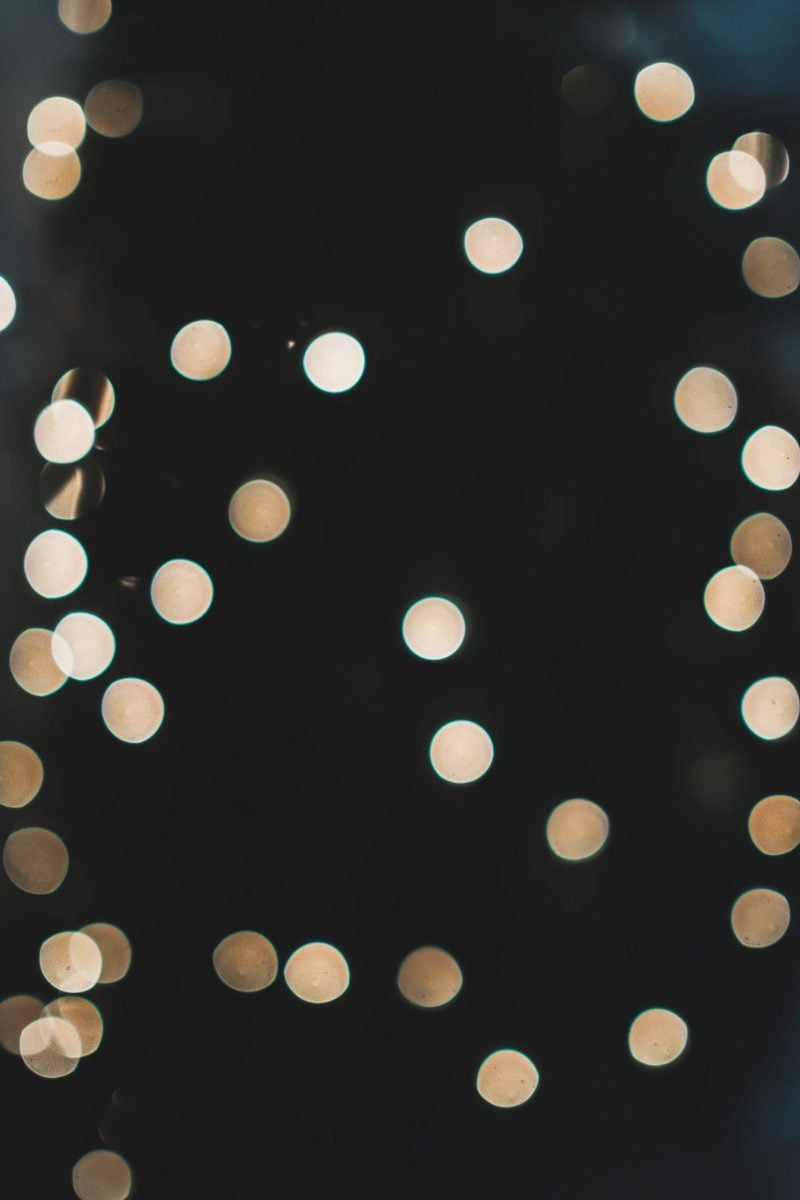
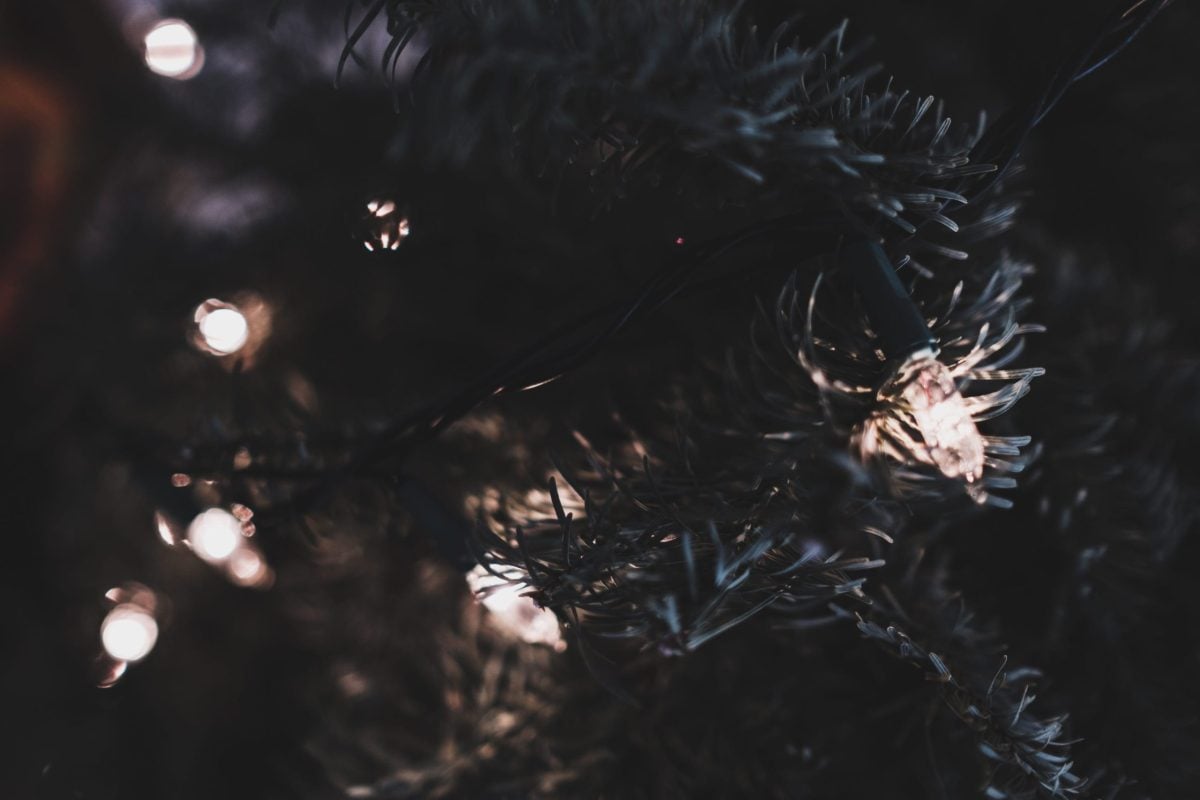
Fujinon 23mm f1.4 Lens Review – The Bottom Line
It’s funny that in almost all my reviews, I say that the lens I’m reviewing is one of my favorite Fujifilm lenses. It’s really hard to go wrong with any of Fujifilm’s lenses, and Fujifilm 23mm f1.4 is simply incredible.
The optical design of the lens is fantastic so really the only thing that could be improved (given the laws of physics), is some build updates like a new microcomputer, weather sealing and a quieter focusing motor.

Should you get the 23mm f1.4 or the 23mm f2?
That I can’t speak on yet. I haven’t picked up the 23mm f2 lens, but I will soon. It looks very nice, as did the 35mm f2 lens, but I prefer the 35mm f1.4.
Be sure to check out all the lenses available for Fujifilm.
Fujifilm 23mm f1.4 Sample Photos
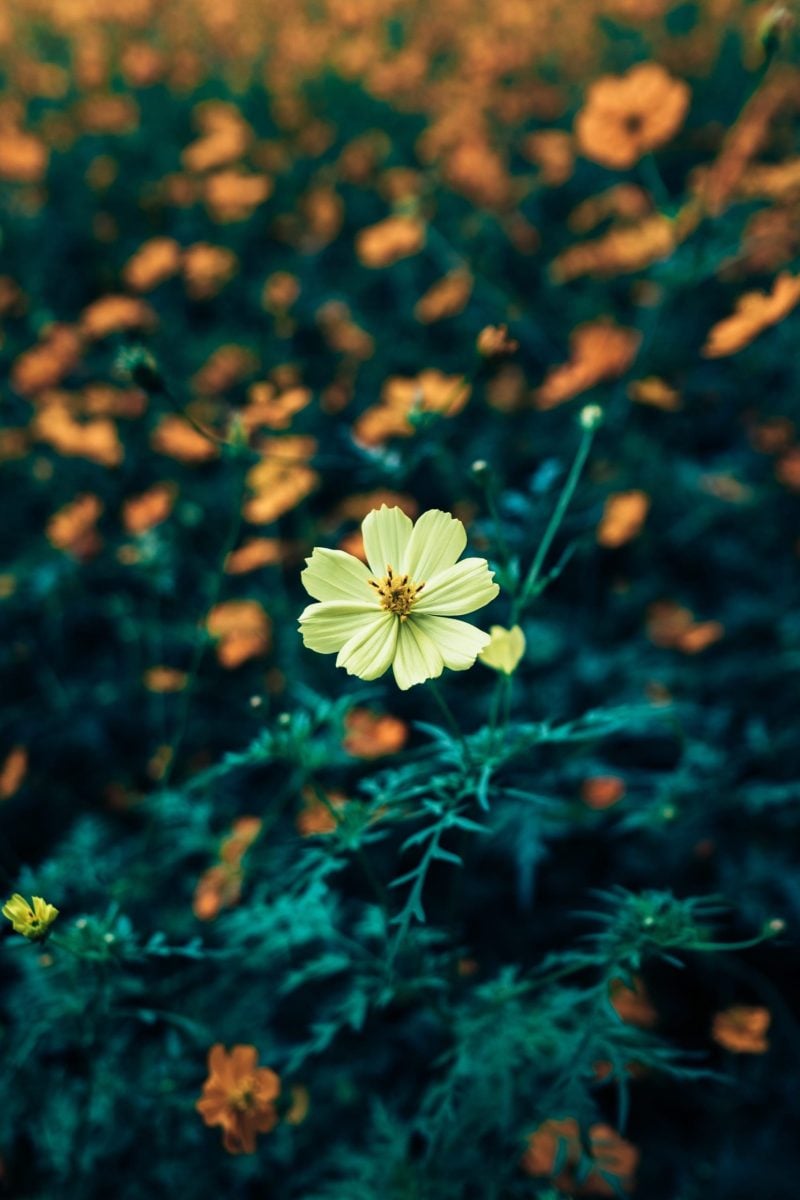


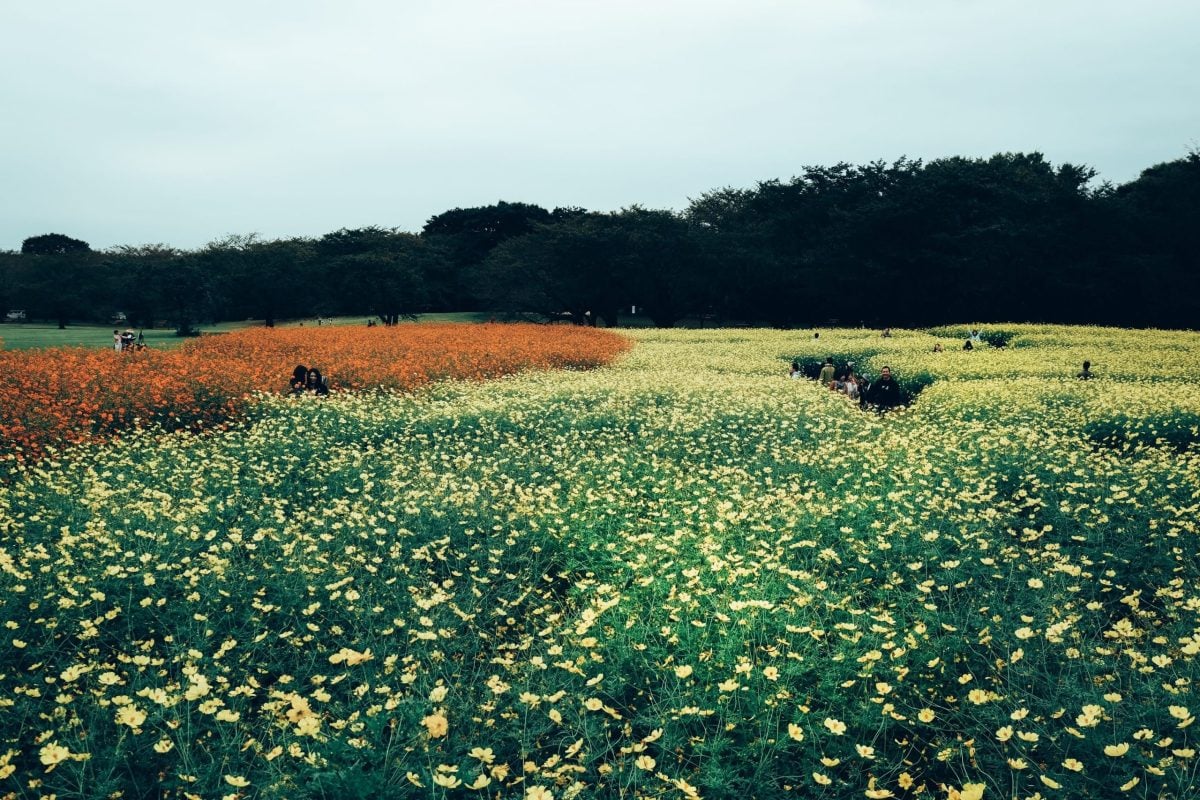






| **This website contains affiliate links. We will earn a small commission on purchases made through these links. Some of the links used in these articles will direct you to Amazon. As an Amazon Associate, I earn from qualifying purchases. |

